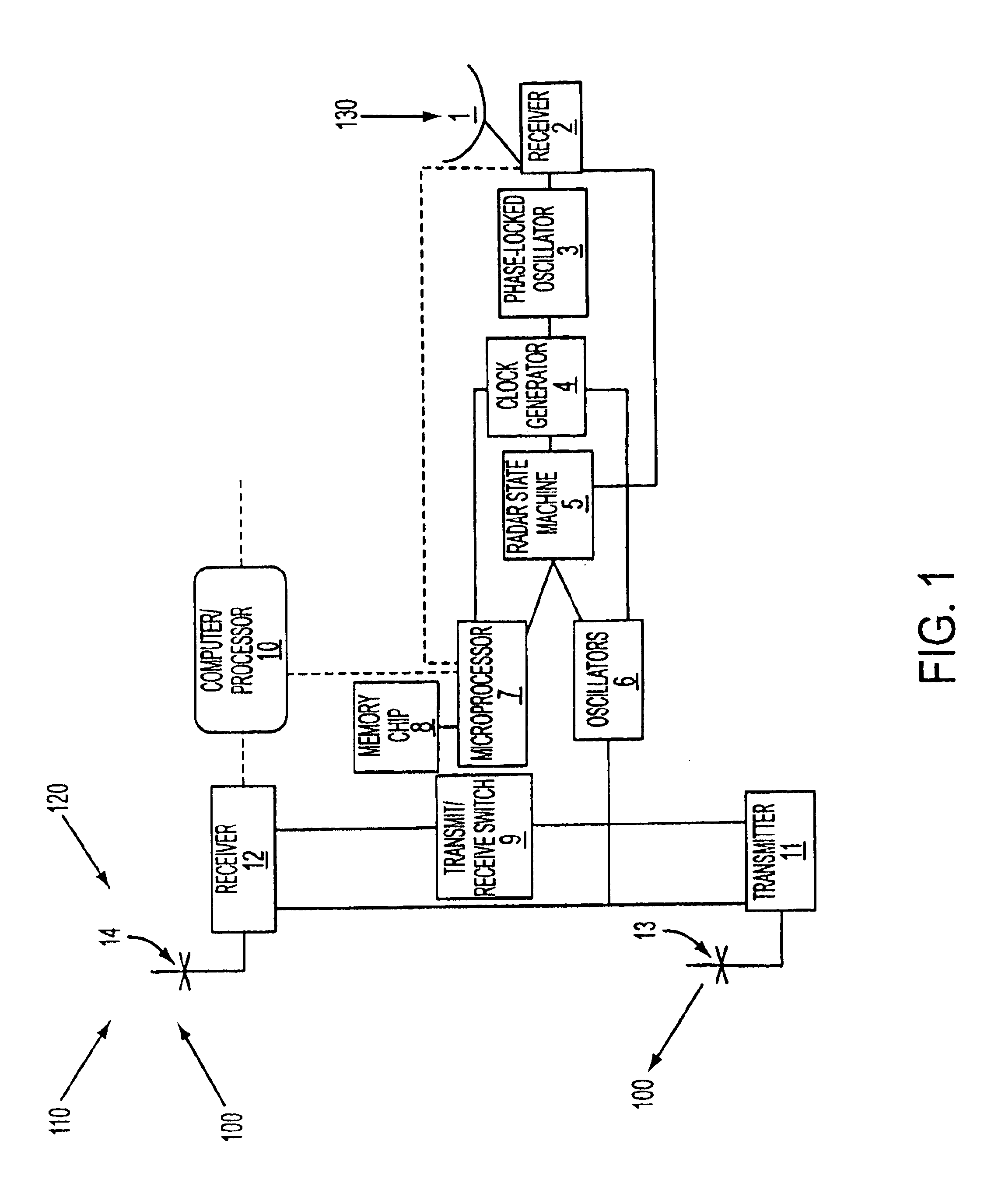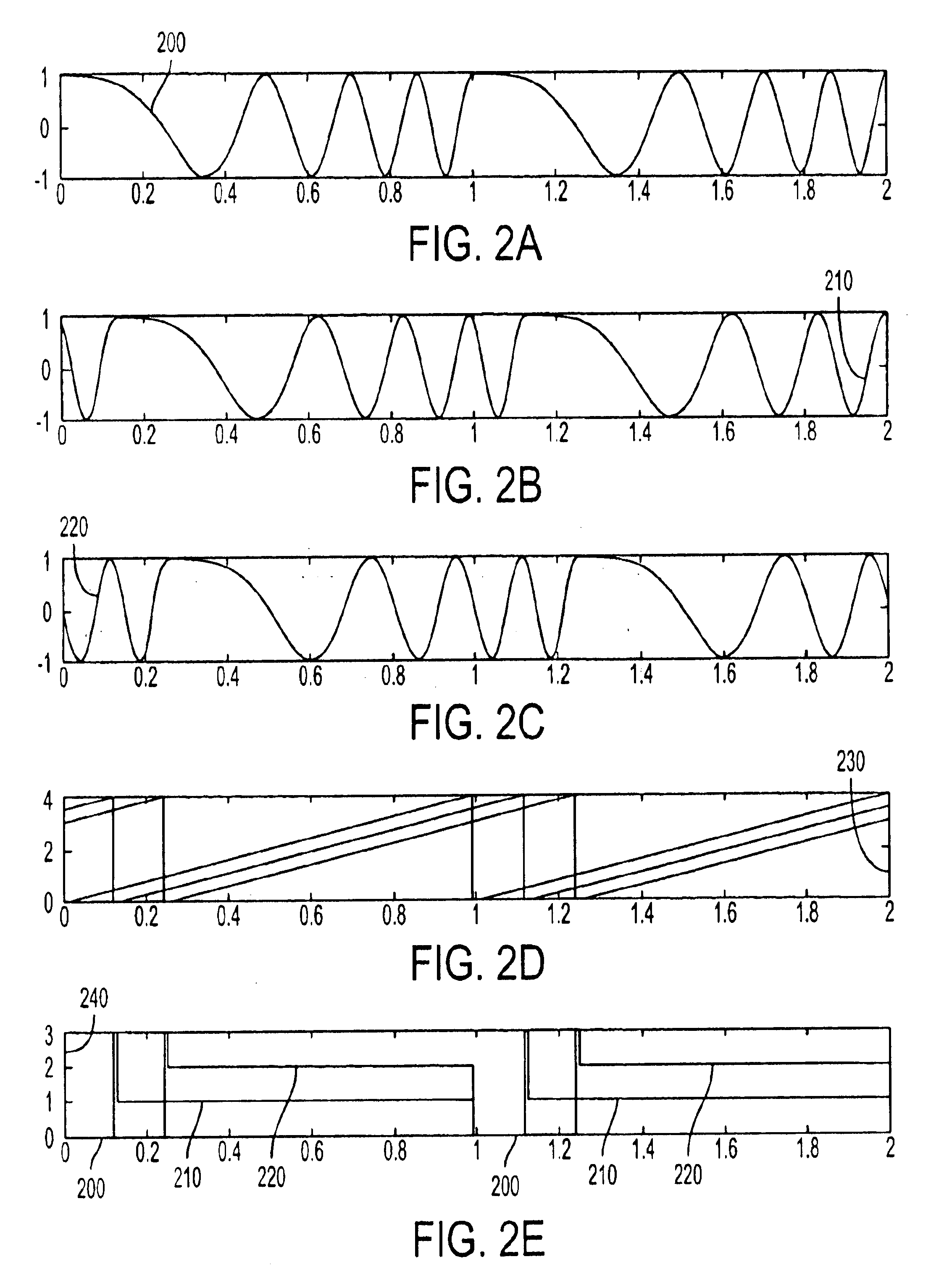Multi-station HF FMCW radar frequency sharing with GPS time modulation multiplexing
a multi-station, time modulation multiplexing technology, applied in direction finders using radio waves, multi-channel direction-finding systems using radio waves, instruments, etc., can solve problems such as exacerbated problems, major disadvantages of sea echo mapping surface currents, and methods that are even more severe disadvantages than station sequencing
- Summary
- Abstract
- Description
- Claims
- Application Information
AI Technical Summary
Benefits of technology
Problems solved by technology
Method used
Image
Examples
Embodiment Construction
The invention and the various features and advantageous details thereof are explained more fully with reference to the nonlimiting embodiments that are illustrated in the accompanying drawings and detailed in the following description. Various substitutions, modifications, additions and / or rearrangements within the spirit and / or scope of the underlying inventive concept will become apparent to those skilled in the art from this disclosure.
Techniques of the present disclosure can include providing a simple, inexpensive but precise, universally available timing base (GPS) that will allow synchronization of multiple backscatter radar users.
Techniques of the present disclosure can also include a mix of multiple backscatter and bistatic terminals, all operating simultaneously and sharing the same frequency but avoiding interference among each other.
An unique opportunity is afforded by the waveform and signal processing employed by all of the coastal HF radars that follow the CODAR SeaSon...
PUM
 Login to View More
Login to View More Abstract
Description
Claims
Application Information
 Login to View More
Login to View More - R&D
- Intellectual Property
- Life Sciences
- Materials
- Tech Scout
- Unparalleled Data Quality
- Higher Quality Content
- 60% Fewer Hallucinations
Browse by: Latest US Patents, China's latest patents, Technical Efficacy Thesaurus, Application Domain, Technology Topic, Popular Technical Reports.
© 2025 PatSnap. All rights reserved.Legal|Privacy policy|Modern Slavery Act Transparency Statement|Sitemap|About US| Contact US: help@patsnap.com



